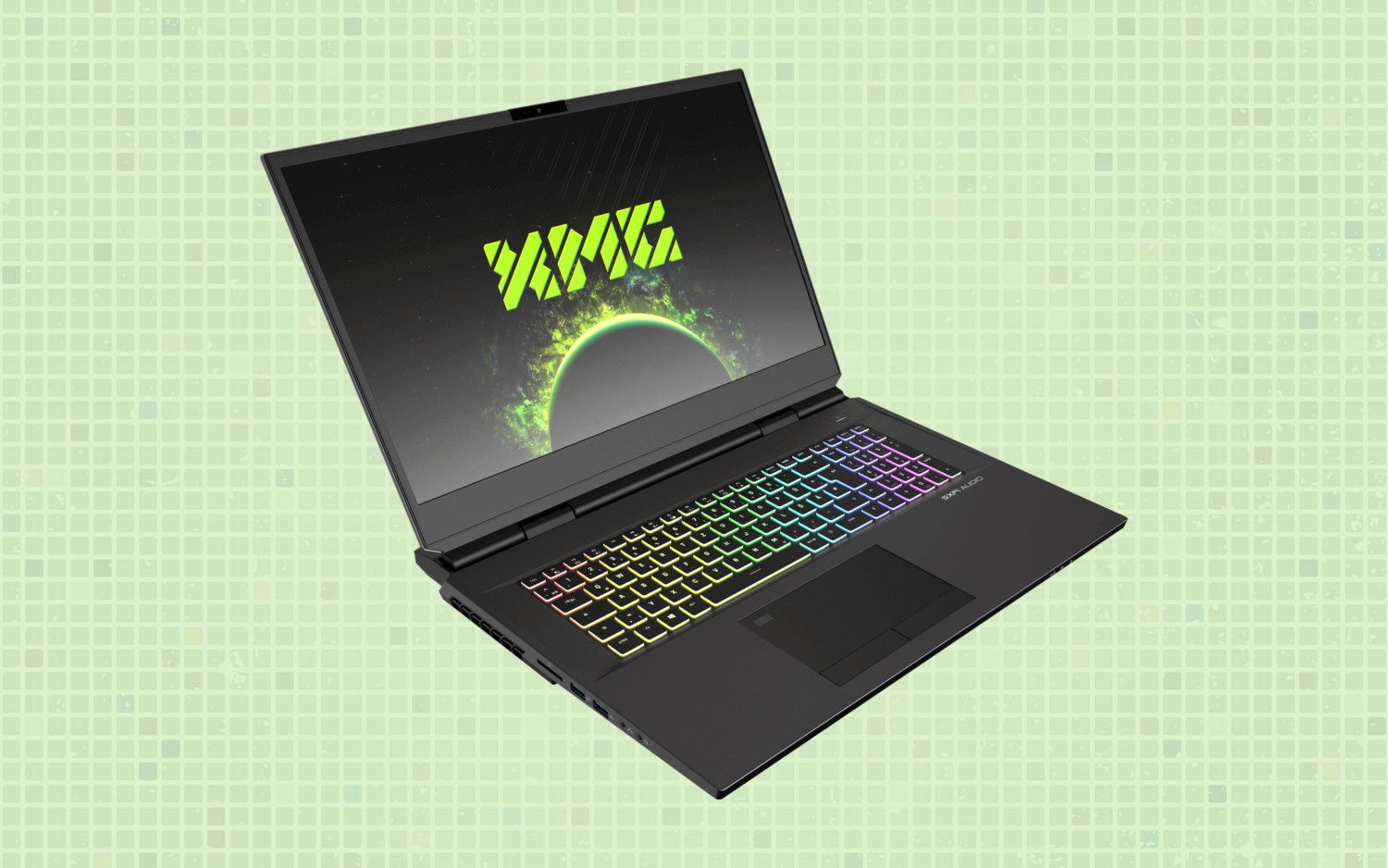XMG today announced its first laptop equipped with Intel’s new Rocket Lake processors, interchangeable RTX 30 Series graphics, and a bevy of other features that are supposed to ease the pain enthusiasts have suffered because of the ongoing chip shortage. It’s called the Ultra 17, and the first units could reach consumers as early as May.
Image 1 of 6
Image 2 of 6
Image 3 of 6
Image 4 of 6
Image 5 of 6
Image 6 of 6
Let’s start with the CPU. The XMG Ultra 17 can be configured with 10th Gen Core processors for people willing to sacrifice performance for affordability, but the focus is on the 11th Gen CPUs that debuted today. XMG offers seven models: the i5-11500, 11600, and 11600K; the i7-11700 and 11700K; and the i9-11900 and 11900K. Check out our review of the i9-11900K and the i5-11600K for details on their performance.
The company offers fewer graphics options—just the GeForce RTX 3060 (6GB), 3070 (8GB), and 3080 (16GB). But there’s a lot of flexibility here, too, with XMG claiming that “this GPU takes the form of an interchangeable card, opposed to being soldered into the mainboard,” and that it’s “the first graphics card in the mobile sector that is already connected via a full 16 PCI Express 4.0 lanes” and capable of a TGP of 165W.
XMG also offers a bunch of M.2 SSD storage options between 200GB and 2TB from a variety of manufacturers, two different Wi-Fi modules, and support for up to 128GB (4 x 32GB) of DDR4-3200 memory from Samsung. (As well as smaller kits from Crucial.) The keyboard features per-key RGB back-lighting and is available in many languages, too, in case you worried the company had forgotten to add pretty lights.
But the main arguments for the Ultra 17 being a desktop replacement—aside from the CPU and GPU of course—are the laptop’s display and connectivity options. There are two 17.3-inch display options: a 1080p version with a 300Hz refresh rate and a 4K version with a 60Hz refresh rate that also covers 100% of the Adobe RGB spectrum. Both versions of the display offer Nvidia G-Sync support as well.
| XMG Ultra 17-E21 | |
|---|---|
| Processor | Up to Intel Core i9-11900K |
| Graphics | RTX 3080, RTX 3070, RTX 3060 |
| Memory | 4 x SO-DIMM, 128GB Max |
| Storage | 4 x M.2 2280 |
| Display | 17.3-inch IPS: 1920 x 1080 @ 300 Hz or 3840 x 2160 @ 60 Hz |
| Networking | Wi-Fi 6, Bluetooth 5.1, 2.5Gb Ethernet |
| Ports | 2 x Thunderbolt 4, 1 x HDMI 2.1, 2 x Mini DisplayPort 1.4, 1 x USB-C 3.2 Gen 2, 3 x USB-A 3.2 Gen 2, SD card slot |
| Battery | 97 Wh |
| Power Adapter | 2 x 280W |
| Dimensions | 399 x 319 x 43.5mm (W x D x H) |
| Weight | ca. 4.6kg |
XMG equipped the Ultra 17 with a lot of ports as well. There are two Thunderbolt 4, one HDMI 2.1, and two Mini DisplayPort 1.4 ports for external monitor support; one USB-C 3.2 Gen 2 and three USB-A 3.2 Gen 2 ports as well as an SD card slot for accessories; and separate audio ports for headphones and a microphone. Oh, and there’s also a 2.5Gb Ethernet port to complement the built-in Wi-Fi 6 connectivity.
There are some caveats. XMG said that utilizing the Ultra 17 to its full potential requires it to be connected to a pair of 280W power supplies in addition to the battery. The system is limited to 110W on a single power supply and restricts the CPU to just 30W. Performance would be further limited on the internal battery, of course, so we suspect most people will actually treat it as a desktop.
That could be enough in today’s market. The ongoing chip shortage has made it harder than ever to find CPUs, graphics cards, and other components, and even when they’re available, there’s a good chance they’re going to be exorbitantly priced. (Assuming one can even find them before cryptocurrency miners buy ’em up.) This might actually be one of the easiest ways to build a system with the latest parts.
The Ultra 17’s price will of course vary based on the configuration. XMG’s default configuration features an Intel Core i7-11700K, GeForce RTX 3060, 16GB of DDR4-3200 memory, 500GB of storage via the Samsung 980 PRO, and the 1080p display; it costs roughly $3,300 (€2,799) before shipping via Bestware. The retailer estimates that configuration will be available in mid-April with a shipping time of 3-5 weeks.
